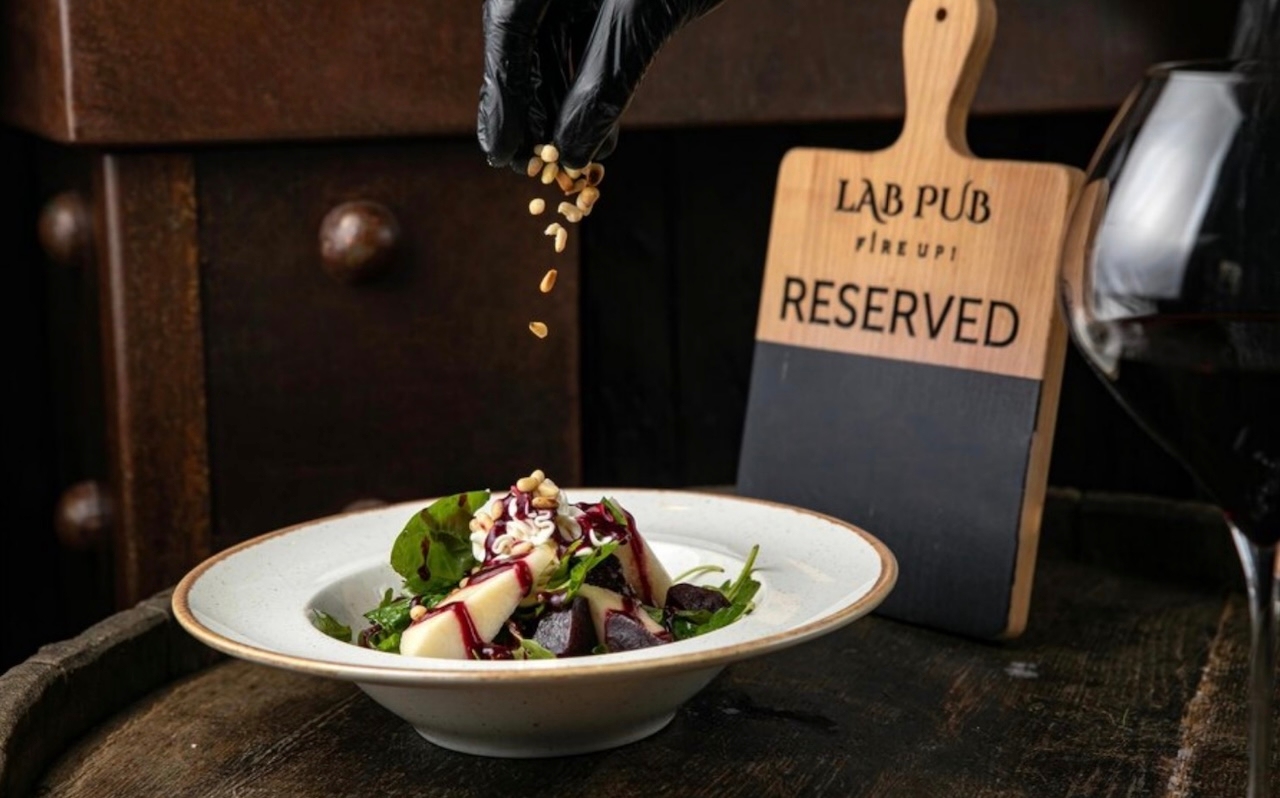Culture, food and travel reviews: Discover new things with us

Travelling isn’t just about moving from one place to another. It’s about immersion – stepping into the rhythm of a new culture, tasting flavours unknown, and experiencing life through a different lens. Culture reviews, food critics, and travel experiences open doors to perspectives often unseen. Whether it’s the spice-laden streets of Bangkok or the quiet charm of a Portuguese fishing village, every destination tells a story.
Join us in this journey of cultural exploration and culinary discovery. From bustling markets to Michelin-starred restaurants, from remote villages to urban metropolises – we uncover the essence of places through their flavours, traditions, and hidden gems.
Cultural exploration: Understanding the world through local lenses
Culture is fluid. It’s woven into daily life, expressed through art, traditions, and even the way people interact. To truly appreciate a destination, diving deep into its roots is essential. This requires freeing up enough time. If there are pending tasks, they should be addressed first so that nothing rushes one during the expedition. For example, it’s possible to solve tricky math problems easily with the help of an AI-based app. It’s important to remove any hindrances before starting the route.
1. Festivals: Windows into tradition
Japan hosts over 300,000 festivals (matsuri) each year. From the grandeur of Kyoto’s Gion Matsuri to the fiery spectacle of the Nozawa Onsen Fire Festival, these events showcase history, belief systems, and local identity. Similarly, Brazil’s Carnival isn’t just a party—it’s a historical fusion of African, Portuguese, and indigenous influences, a symbol of resilience and joy.
2. Architecture and heritage sites
Walking through Istanbul, one can witness layers of history stacked upon each other. Over 90 million tourists visit UNESCO World Heritage Sites annually, with places like the Alhambra in Spain or Machu Picchu in Peru drawing millions alone. These landmarks are more than stone and mortar; they are cultural touchpoints narrating centuries of change.
3. Language and communication
A single word can define a culture. The Danish concept of “hygge” (a feeling of cozy contentment), the Japanese “wabi-sabi” (beauty in imperfection), or the Brazilian “saudade” (a deep emotional longing)—each encapsulates a worldview. Language is more than just words; it’s a cultural DNA encoding how people think and feel.
Culinary journeys: Tasting the soul of a destination
Food critiques go beyond flavour – they explore technique, history, and regional identity. Some dishes trace back centuries, carrying traditions forward with every bite. Others are new, experimental, pushing culinary boundaries.
1. Street food vs fine dining
What defines an unforgettable food experience? A $500 tasting menu in Tokyo’s Ginza district, or a $1 banh mi from a Hanoi street cart? Some of the best culinary journeys happen in the most unexpected places.
Take Mexico City, for instance. The city is home to over 10,000 street food vendors, offering everything from tacos al pastor to tamales wrapped in banana leaves. Yet, it also boasts Pujol, a restaurant that reinvented traditional mole into a dish aged for over 1,000 days. Two extremes, yet both tell the story of Mexican gastronomy.
2. Unique ingredients and cooking techniques
Ever heard of Casu Marzu? This Sardinian cheese, deliberately infected with live maggots, is an extreme example of how culture influences food norms. While it might seem bizarre to outsiders, it’s a delicacy in its region. Similarly, Japan’s fugu (pufferfish) requires chefs to undergo at least three years of training before they can serve it, due to its deadly toxin.
Every region has something distinctive. From Ethiopia’s injera (a spongy flatbread that doubles as a utensil) to Argentina’s asado (a meat-grilling ritual as much as a meal), food is deeply intertwined with history and identity.
3. The rise of culinary tourism
A survey by the World Food Travel Association found that 81% of travellers consider food an important factor in choosing their destinations. This has fuelled a rise in food-focused tours, from wine tastings in Tuscany to ramen workshops in Osaka. People aren’t just eating; they’re experiencing food.
Travel experiences: Beyond the tourist trail
Tourism is evolving. More travellers seek authentic experiences rather than scripted itineraries. The rise of slow travel, where visitors spend extended time in a single location, allows for deeper connections with local communities.
1. Off-the-beaten-path destinations
Instead of Paris, why not explore Colmar, a picturesque town in France’s Alsace region? Rather than Santorini, consider Milos, a Greek island with similar whitewashed charm but fewer crowds. The world’s hidden corners often offer the most rewarding experiences.
2. Responsible and sustainable travel
Overtourism has become a real concern. Cities like Venice and Barcelona have implemented visitor caps to manage influxes. More than 60% of travellers now express a preference for sustainable tourism, choosing eco-friendly accommodations and local businesses over mass tourism giants.
3. Unexpected encounters
Some of the best travel experiences aren’t planned. A chance conversation with a local in Morocco may lead to a home-cooked meal. A wrong turn in Kyoto might unveil a centuries-old teahouse. Sometimes, the most unforgettable moments are serendipitous.
Conclusion: The next journey starts here
Culture, food, and travel are inseparable. They shape experiences, broaden perspectives, and leave lasting memories. Whether savouring fresh seafood in a remote fishing village, dancing at a street festival, or uncovering history in an ancient ruin, every journey presents an opportunity to discover something new.
The editorial unit




















Facebook
Twitter
Instagram
YouTube
RSS